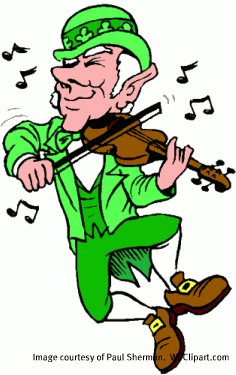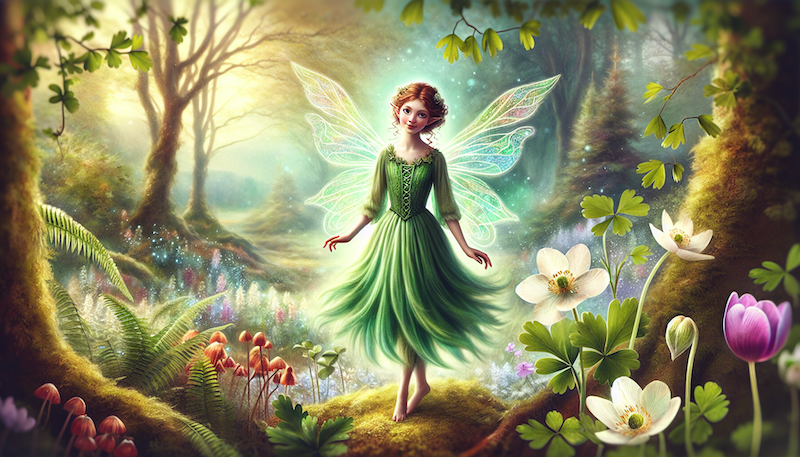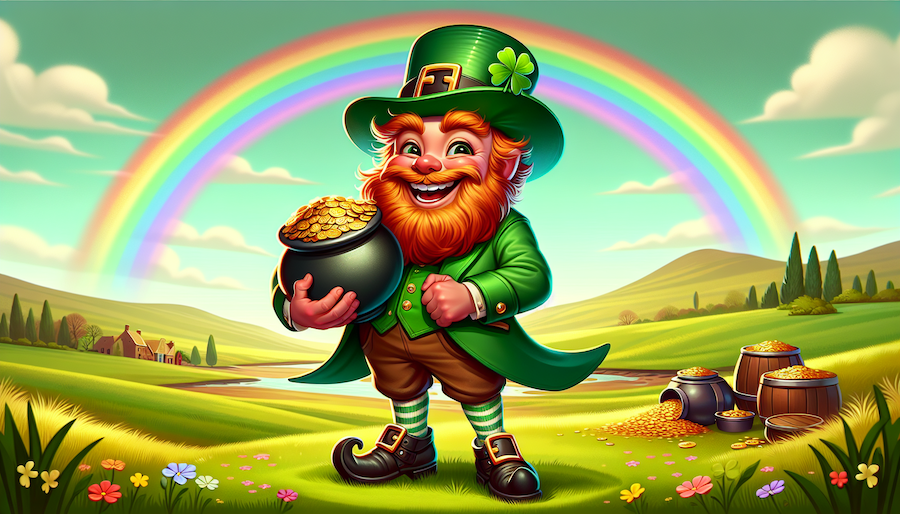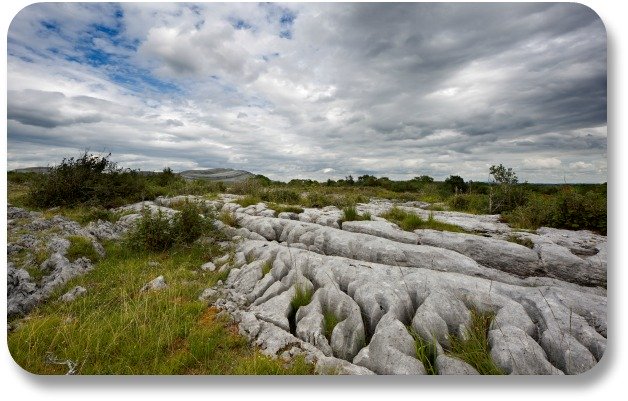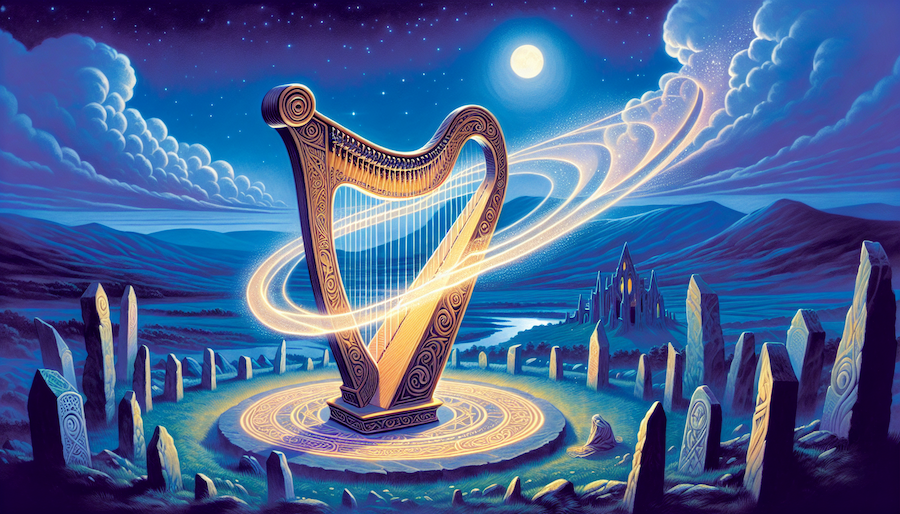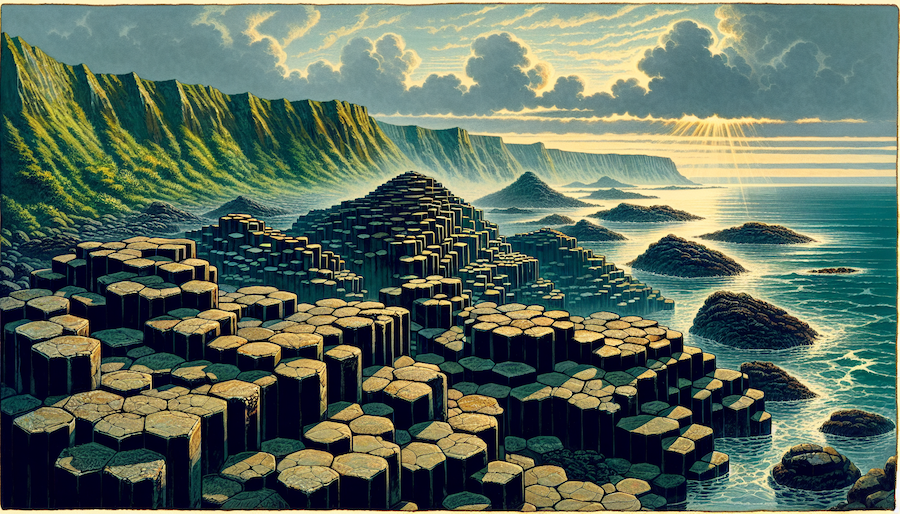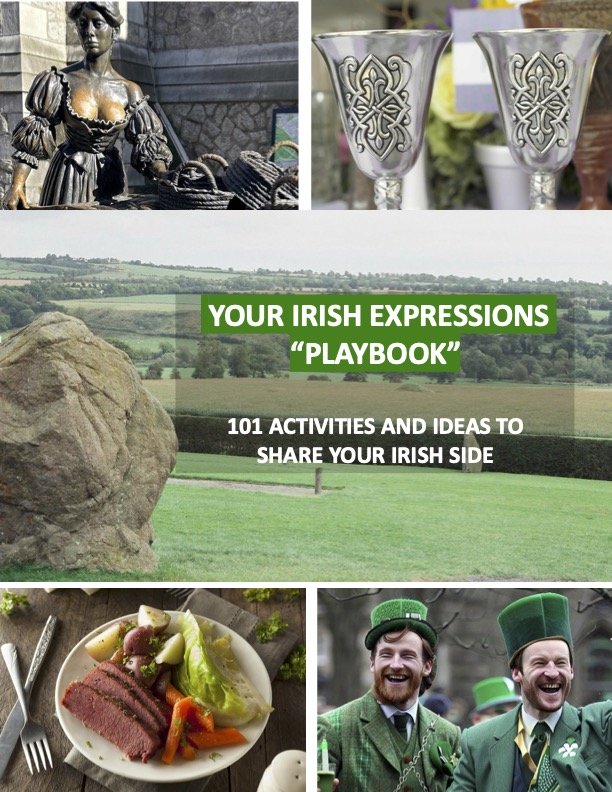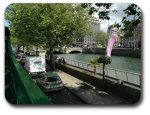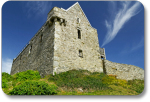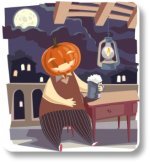- Home
- Famous Irish Sayings
- Irish Folklore
Irish Folklore and Fairy Tales: Show Your Love of Ireland by Sharing Irish Legends!
There are many famous characters and images in Irish folklore and fairy tales. Reading and telling these stories is one great way of expressing your love of Irish heritage.
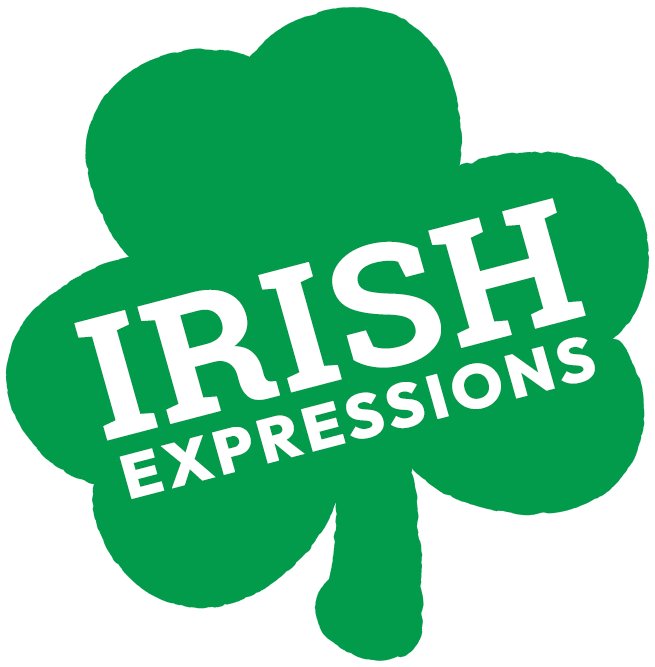
So ... How Well Do You Know Your Irish Stuff?
Tap HERE to find out!
Here we will take a closer look at some of these characters, focusing on the magic and myth that make them so fascinating to so many!
Irish Folklore and Fairy Tales
The Fairy Legend
In Ireland, the word ‘sidhe’ commonly refers to Faeries, who are important characters in the folklore of Ireland. Some believe these were god-like people who overthrew ancient Ireland.
When
they themselves were overthrown by Milesians, they hid in earth barrows
(or sidhe). They were deprived of affection and offerings, and
subsequently withered and shriveled until they became little people.
Some Irish Christians believe that a Faerie is a fallen angel, not bad enough to go to Hell but beyond saving for Heaven. They therefore live amongst us mortals.
Others believe believe that a Faerie is a spirit living amongst humans and go about their life like other humans do.
For a simple example of an Irish fairy tale, check out Connia and the Fairy Maiden (opens in a new window). This is a short Irish fairy tale, appropriate for kids.
Then return to Irish Expressions for other examples of the folklore of Ireland, and other expressions of Irish culture.
The Irish Leprechaun
Another staple of Irish folklore, Leprechauns are smart and devious little things.
These
wee folk were believed to inhabit Ireland before the Celts arrived.
They dress smartly in a suit with a waistcoat, hat and buckled shoes.
They are intelligent and mischievous folk and are generally harmless although they will play an odd trick or two on the local population and farmers of towns and villages.
It is believed that each leprechaun owns their own pot of gold that is hidden deep within the countryside of Ireland. Irish fairies gave the leprechauns magical powers to protect their pots of gold if an animal or human gets hold of them.
To escape capture the leprechaun will grant the human or animal three wishes or make them disappear into thin air!
The Changelings
A changeling is believed to steal a human and take them to live within the Faerie realm. New mothers and midwives may occasionally be taken, but young children and babies are especially at risk.
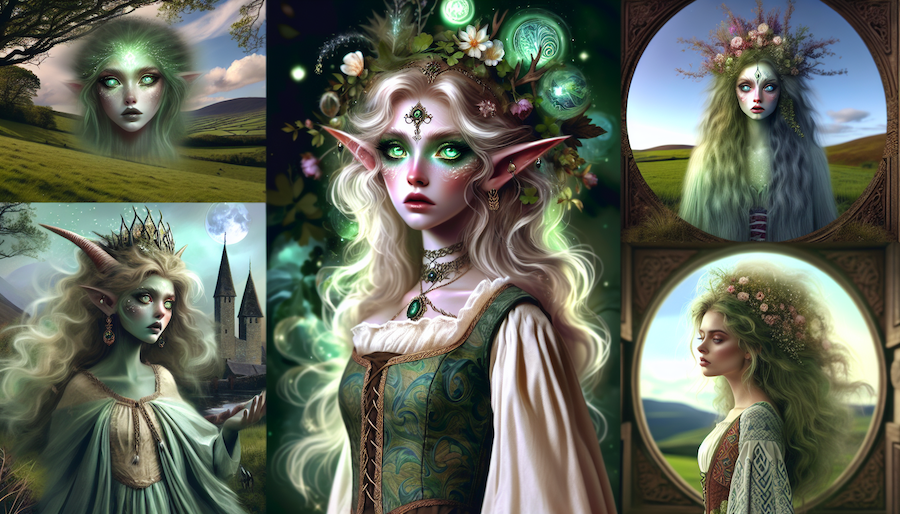
When a
human baby is taken a Faerie child will be left with the human mother. A
Faerie mother coverts a human baby as they are usually sturdy, healthy
and happy beings.
The Blarney Stone
The Blarney Stone is a limestone block that is the lucky charm of Ireland. It was set within a tower at Blarney Castle in 1446 and according to Irish folklore, it contains magical powers.
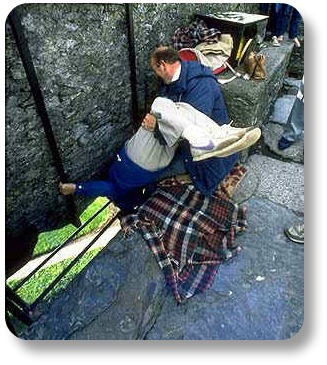
The legend goes that
there was an old woman who cast her spell on a certain king because he
saved her life. If the king managed to kiss the stone while under the
spell then he would achieve great eloquence.
Today, there are people who come from all corners of the earth to kiss this stone and attain the gift of the gab.
The Burren
The Burren is an Irish word that means ‘grey rocky place’. It is 50 sq. miles of huge irregular limestone slabs that have deep cracks. They are located within County Clare.
This earie and humid moonscape is actually a natural rock garden.
Subtropical flora thrives next to plants that grow in the Arctic.
Spectacular streams and caves lie beneath this scarred surface.
A few prehistoric gravesites (or dolmens) can also be found in this area. Irish folklore and fairy tales about this area says that the holy wells are able to cure bad sight and that ghostly horsemen live in the caves.
It is said also that mysterious and unexplained lakes will appear then disappear, taking maidens transformed into swans.
Farr Darrig
The Farr Darrig (or Red Man) is related to a leprechaun and has a splotched yellow face. He dresses entirely in red. He can sometimes travel invisibly and delights in mockery and mischief.
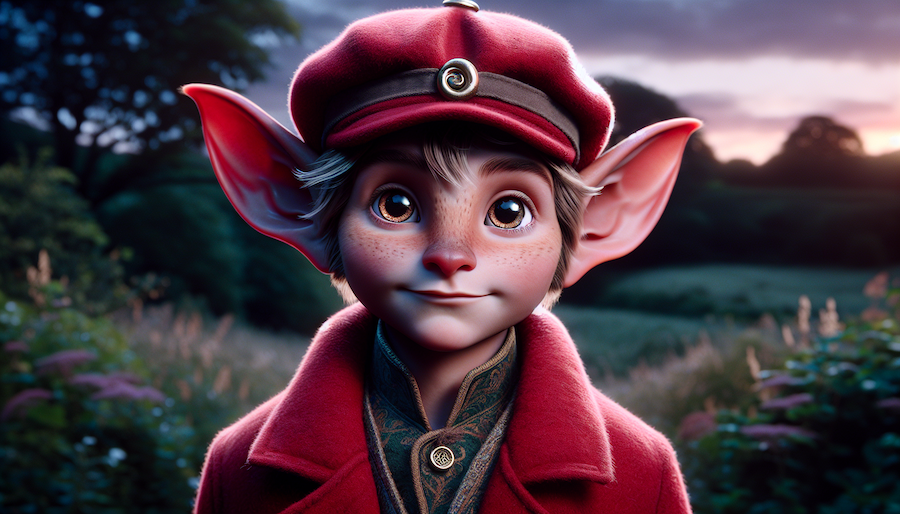
He can make sounds
like a cooing pigeon or the thud of a wave on a rock, but his favorite
is a hollow, dull laugh of dead men. He can also give a human an evil
dream.
Even though he is a prankster, as with many characters in Irish folklore, the Far Darrig ultimately means no harm. He is actually quite good-natured and brings luck to anyone he approves of, but he cannot seem to resist the preliminary teasing.
The Banshee
In many old Irish myths and legends the banshee is a female spirit who is a messenger from the Otherworld.
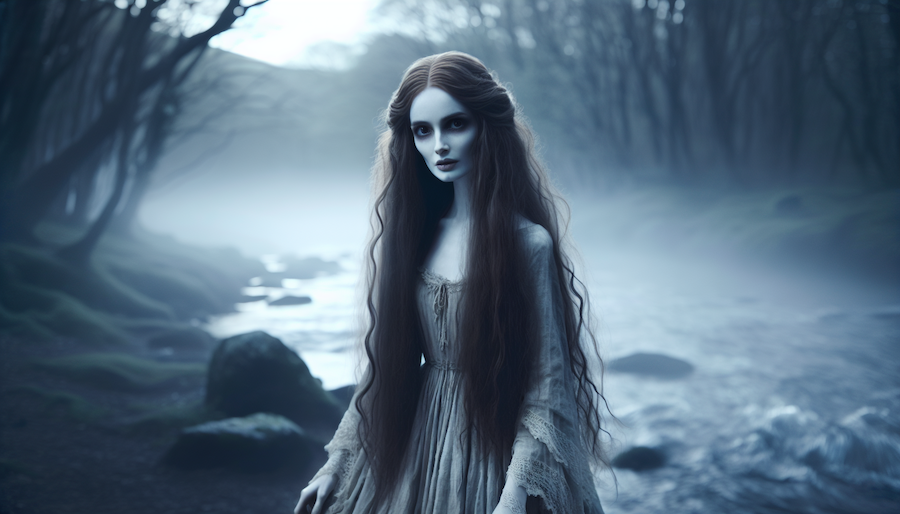
She is thought of as the omen of death. This spirit can be a scary figure or an attractive one. In Irish legend, the banshee wails close by to where a person is going to die.
It is thought that some families have banshees linked to them, and when a family member dies the banshees can be heard crying to announce it.
Dagda's Harp
Dagda was the leader of the gods and owned a large, richly-decorated harp. It was stolen by a rival faction once during a war, who left the harp is an uninhabited castle.
Dagda
followed the rivals and called for the harp. The harp found Dagda who
played it three times.
The first time, the music made everyone cry. The
second time it made them laugh. The third time it put everyone to sleep
except for Dagda, which allowed him to get away with his magical harp!
The Giant's Causeway
The Causeway is a spread of basalt columns along the Antrim coastline in Northern Ireland. Legend holds that the Causeway was built by the giant Finn MacCool, and originally stretched all the way to Scotland.
Benandonner, a Scottish giant, challenged MacCool to a fight. MacCool accepted and built the Causeway to reach his adversary. Benandonner, who was much larger than MacCool, was tricked by MacCool's wife into thinking Finn was the more powerful of the two.
Banandonner fled back to Scotland fearing for his life, breaking apart the Causeway, leaving the partial pathway we see today.
So What's Next?
Irish folklore and fairy tales are an essential part of Irish culture and heritage. Share them during special occasions, to celebrate Irish culture and express your personal Irish side!
For more information of this type, you may want to pay a visit to our main section on Irish Sayings here!
More Fun With Irish Expressions
Congratulations on learning more about the Emerald Isle and discovering what we like to call your "Irish Side." You may be thinking "I'd love to actually VISIT Ireland but that's really not in the cards right now. What am I supposed to do with the stuff I just learned?"
Well never fear! Since 2009 we have collected all of the best printable, shareable resources we could find, to help you put your new knowledge of Ireland to good use. We've put them all together in a single download we call "Your Irish Expressions Playbook," which contains over 100 pages of games, puzzles, recipes, songbooks, quizzes, travel guides and much, much more.
Purchase them ALL for one small price, print as many copies as you like and share them with your friends - with no limitations! But order soon - we are already adding to the Playbook for future editions and this price will not last long.
Oh, want one more reason to order right away? If you buy YOUR copy of the Playbook now, you will be allowed to upgrade to any new future edition for FREE.
ORDER YOUR IRISH EXPRESSIONS PLAYBOOK HERE

Please Share Your Feedback
Did we miss anything? Is there a topic you would like us to cover in the future? Tap HERE to let us know!
